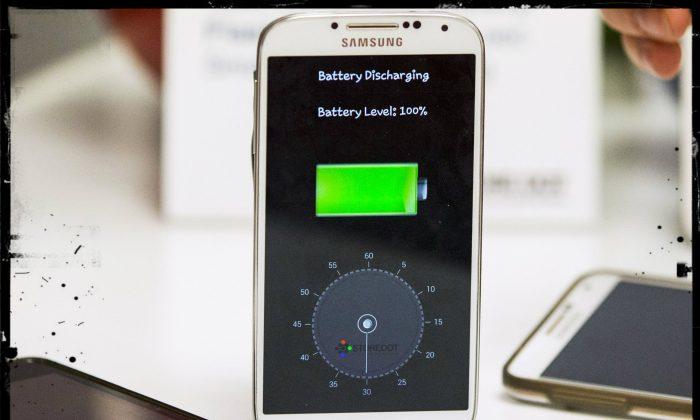Whenever users upgrade their iPhone, iPod touch, or iPad to a major firmware update, the most important thing that they focus the most on is performance, despite all the new features and enhancements.
Even though Apple did introduce a new feature called Low Power Mode for iOS 9, which give users an extra three hours on their device before charging it and manages to reduce the storage size of iOS 9 to 1GB from 5 GB in iOS 8, many iPhone and iPad users continue to experience poor performance and battery life problems with iOS 9.
It’s hard to figure out what is causing the battery life problems because everyone has their own usage patterns and behavior. However, tweaking your iOS device a bit could actually improve and speed up iOS 9. These are some of the changes that we recommend doing to have a better experience with your iPhone or iPad running iOS 9.
Disable Background App Refresh
Background App Refresh is a useful feature. It helps applications to refresh themselves constantly for new information and to ZXcsend notifications to users. Although this is neat and interesting, Background App Refresh consumes a lot of your battery and decreases the device performance.
Turning this off would definitely give your iPhone or iPad a boost in performance and save some battery life.
1. Go to “Settings -> General -> Background App Refresh.”
2. The feature is enabled by default; just toggle it Off.
Of course, the disadvantage of turning off Background App Refresh would be that users will have to manually launch individual apps and reload them for the latest update.
Enable Reduce Motion
Started in iOS 7, Apple added more enhancements to the background wallpaper along with new visual effects. Admittedly, it’s cool to see live visual effects such as floating background wallpaper. However, continued usage will lead to a decrease in device performance.
With that being said, enabling Reduce Motion will disable these useless visual effects and reduce the motion of the user interface, including the parallax effect of icons.
1. Go to “Settings -> Accessibility.”
2. Scroll toward the middle and find Reduce Motion. Toggle it On.
Once Reduce Motion is enabled, it will take effect right away; you’re not required to do a quick restart.
Stop Pushing Email
Just like Background App Refresh, Push Email is another well-known cause for poor battery life. This feature will constantly check whether you receive a new email or not and notify users via notifications. There are two types of Email updates for iOS – Push and Fetch. Unlike Push, Fetch allows you to set a certain time to check for new email rather than checking instantly.
1. Launch the Settings app.
2. Go to “Mail, Contacts, Calendars -> Fetch New Data.”
3. Choose between Every 15 Minutes, Every 30 Minutes, Hourly, and Manually.
The fetching time is customizable. If your primary communication tool is Email, then you can set the fetching time to every 15 minutes. If emailing is something you don’t use often, manually refresh is recommended.
Disable App Store’s Automatic Downloads
App Store’s Automatic Downloads is another useful feature for iOS users, yet they also reduce the battery life and sometimes waste your mobile data.
App Store’s automatic downloads will automatically push an app to its latest version once an update is out. This is being handled in the background, so you could be using your mobile data without knowing that App Store automatic downloads is doing its job.
1. Navigate to “Settings -> App and iTunes Stores.”
2. Toggle the Updates setting to Off under Automatic Downloads.
Alternatively, you can still have this feature on but not while the device is using mobile data. If you don’t want Automatic Downloads to use any of your 3G/4G, then turn off “Use Cellular Data” which is also on the same page.
Turn on Low Power Mode
Low Power Mode is a newly released feature by Apple. This functionality helps new users to preserve their device’s battery life by turning off the most battery-intensive features in iOS 9 automatically.
Once Low Power Mode is activated, the following features will be disabled:
- visual effects such as motion and increase contrast
- mail fetching
- background app refresh
- automatic downloads
Do keep in mind that Low Power Mode will not improve your iPhone or iPad performance; instead it will reduce it to extend battery life.
Conclusion
There are some notable features and improvements in iOS 9 that encourage users to get the upgrade. However, if you think that iOS 9 is not an ideal firmware at the moment due to bugs and battery life problems, downgrading back to iOS 8 would be a great idea while Apple still has the firmware windows open.
Republished with permission from MakeTechEasier. Read the original.
